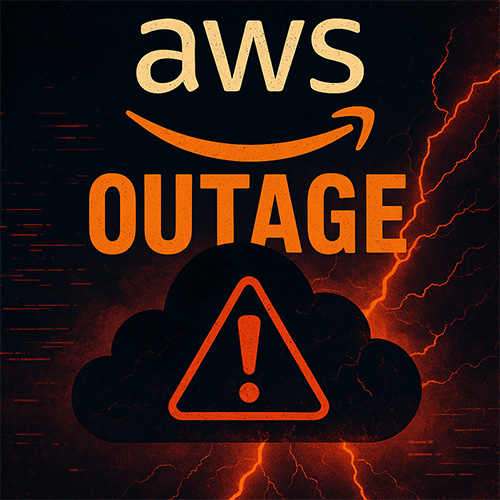
The cloud-giant Amazon Web Services (AWS) has announced that the major outage on October 20 was largely mitigated, but warned that “intermittent” residual issues persist across some services.
According to AWS, the root cause was traced to DNS and load-balancer subsystem failures in its critical US-EAST-1 region—one of its most heavily utilised data hubs. While many platforms are back online, the company noted that services such as Lambda function invocations, Amazon SQS polling, and DynamoDB queries are still experiencing delays and elevated error rates.
Because so many apps and websites lean on AWS, even partial disruptions ripple widely. One expert likened the event to “temporary internet amnesia,” where data exists but systems cannot reliably access it. Despite the fix, the fact that services continue to struggle highlights deeper fragility in global cloud infrastructure, especially when so much depends on a few large providers.
Businesses relying on AWS must now contend with not just outright downtime, but the slow-burn issue of degraded performance and backlog clearing. Retailers, fintechs and streaming platforms could face customer drop-offs, transactional errors or delayed relaunch of services long after the main outage has ended.
Additionally, the incident amplifies calls for architectural diversity—using multi-cloud, geo-redundant setups and robust fallback plans. The message is clear: restoring service isn’t the same as restoring resilience.
In short, while AWS may have resolved the main fault, the lingering after-effects and industry-wide dependence on “one cloud” underscore the urgent need for greater fault-tolerance.
See What’s Next in Tech With the Fast Forward Newsletter
Tweets From @varindiamag
Nothing to see here - yet
When they Tweet, their Tweets will show up here.




























